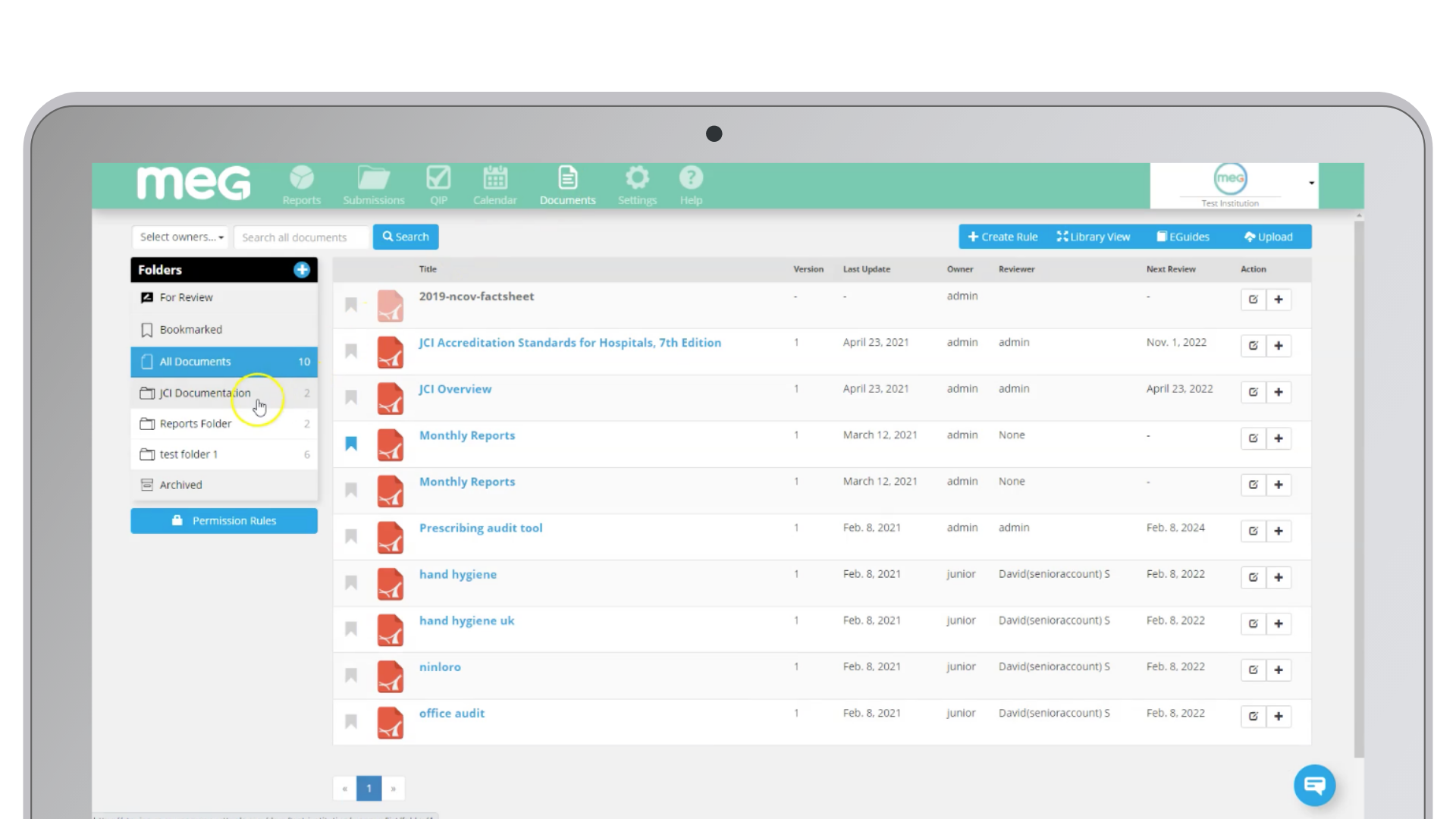Today, healthcare organisations are undergoing an essential transformation by moving away from archaic paper-based and legacy quality management systems and embracing advanced, technology-driven solutions. Systems notorious for their manual processes, volumes of paper records, and time-consuming workflows are slowly but surely being replaced with modern software that streamlines processes and provides real-time data capture, analysis, and reporting.
This transition is vital because it empowers healthcare organisations across the globe to enhance care quality, improve patient safety, and ensure compliance with regulatory standards.
That being said, the shift from outdated systems to advanced digital quality management solutions in healthcare is more than just a matter of updating technology. It is a holistic change that impacts processes, people, and culture. The linchpin of success in this digital transformation journey is organisation-wide adoption. And that's where Nursing and Quality leaders emerge as important catalysts.
In this blog post, we will explore how Nursing and Quality leaders can lead the charge in the implementation and adoption of new digital quality management solutions within their organisation.
Choose the right software
While this may seem a no-brainer, finding and implementing a healthcare digital quality management solution that best aligns with your organisation's strategic and operational needs is critical to successful adoption. A recent Deloitte survey revealed that 80% of all digital transformation projects fail, with choosing the wrong solution being one of the key reasons. Though this statistic affects various sectors, extending well beyond healthcare, it underscores the significance of selecting the right digital tools from the get-go.
But what does 'choosing the right software' mean? In a nutshell, it means choosing a digital quality management solution specifically designed to meet the ever-evolving requirements of the healthcare industry. This includes features like configurability, scalability, security, and the ability to integrate with existing systems. We've covered this topic in detail in our whitepaper 'Beyond Legacy Systems: The Path to Digital Transformation'.
Another key feature to consider when evaluating software is User Experience (UX). Quality management systems with superior UX and an intuitive design largely eliminate the need for extensive frontline user training. An intuitive and user-friendly interface allows staff to confidently navigate the system, reducing the learning curve and expediting proficiency with the new software, ultimately, increasing adoption.
Pilot the new system
A pilot program refers to the testing of a new digital quality management solution on a smaller scale before committing to a full-scale implementation. This approach is great for risk mitigation, as it helps in the early identification of potential issues or vulnerabilities with the system, thereby reducing the risk of widespread problems in the future.
However, they can also be incredibly helpful in enhancing user adoption in the following ways:
A successful pilot program serves as proof of concept. When users see the benefits the new system brings to their daily work and how it fits into their existing workflows and processes, they are more likely to support its adoption.
Pilot programs help identify 'champions', a.k.a the enthusiastic early adopters who can positively influence their peers. Champions play a large role in encouraging staff to embrace the new system, in turn, boosting adoption rates.
Pilot programs allow for user testing and feedback. Staff who participate in the development and testing of the system can provide valuable feedback on how to make the system even better. Making the necessary adjustments and improvements will further increase the likelihood of user acceptance when fully deployed.
Create a thorough communication plan
Having a clear communication plan in place when rolling out a new digital quality management solution is crucial for many reasons. For starters, it ensures that everyone in the organisation, right from top-level management to frontline staff, receives consistent and factual information about the new system, in turn, eliminating confusion or misunderstanding. It is also a crucial component in change management to mitigate resistance and outline expectations, responsibilities, and timelines.
A thorough communication plan typically involves:
A kick-off meeting with senior leadership
Departmental meetings with middle management and frontline staff to discuss department-specific changes with the new QMS
Intranet and email updates to all staff on the progress of the implementation process and key milestones
Training workshops in the form of in-person sessions, online sessions, or self-paced modules for frontline staff on the new QMS, processes, and procedures
Feedback mechanisms through surveys, suggestion boxes, online forms, or a dedicated email address where staff can provide suggestions, highlight concerns, or report issues.
The key is to remember that effective communication is an ongoing process, and the communication plan may need to evolve to address new needs and challenges throughout the QMS implementation proces
Education and Training
One of the key factors in ensuring the adoption of a new digital quality management solution within an organisation is education and training. As mentioned earlier, while intuitive and user-friendly software minimises the learning curve, it is still important for Quality and Nursing Leaders to equip their teams with a deep understanding of the software, its benefits, and how to use it effectively.
Something that is often overlooked is the training of software administrators within the organisation. While the vendor’s customer support team should always be responsive and available to handle any requests, the goal should be to ensure that the organisation is as self-sufficient as possible. Thus, it is crucial to train admins with the basic knowledge required to effectively manage and troubleshoot the system and support other staff members when needed.
Comprehensive training programs that cover all aspects of the QMS, from basic navigation to advanced features, hands-on workshops, online learning resources such as video tutorials and e-learning modules, and even peer-led training sessions, are all great ways to boost adoption. It's also equally important to keep staff informed about system updates and changes over time to ensure they use all the features effectively.
Want to learn more change management strategies?
Check out our latest whitepaper!
















